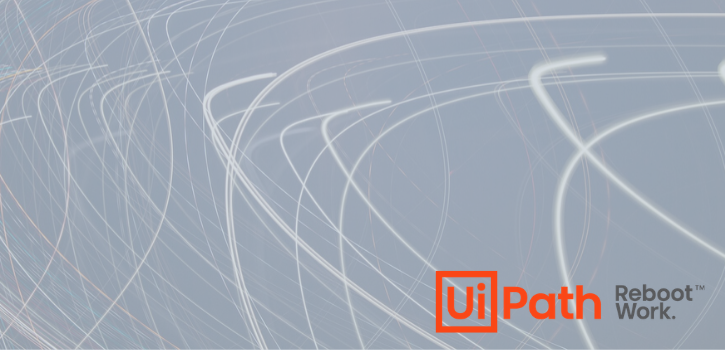Automation has always been with us. 200 years ago, on average half of the labour force in Europe was working the land.1 Today, this number is about 5%. Looking for the opportunities to automate has carried us into modernity - and it is nothing to fear.
This insight from UiPath’s VP Strategic Business UK&I Rory Gray gave food for thought as Nimbus Ninety members convened for a virtual breakfast in partnership with UiPath, to explore Robotic Process Automation, one of the most influential technology developments in recent years.
Crisis is accelerating the need for digital transformation. Businesses have been adding layer upon layer of technology over the years as digital strategy has evolved, and this ‘onion effect’ means our technology experience is often worse 9-5 than 5-9. The pandemic has effectively brought home how many business processes are broken, but it’s also forcing teams to think creatively about what can be quickly modernised.
Rory had this advice:
Think Automation First. When designing new processes, think firstly about what you could automate, and secondly about where you need people. Seek to decentralise. Invoicing, ordering logistics - what can be done away from the centre?
Think about employees’ wellbeing as well as motivation. Going back to the ‘onion’, decades of computerisation and modelling have created layers within organisations. Greater collaboration brought about by process automation may peel back some of these layers and liberate resources, or give rise to new opportunities altogether.
Hyperautomation is a new term for many. Rated the number one trend in 2020 by Gartner, UiPath’s Chief Evangelist Guy Kirkwood explained that to automate more widely, capabilities that deal with unstructured data, such as machine learning and AI, need to work alongside RPA.
Hyperautomated Systems require four types of understanding: Visual, Document, Process and Conversational.
- Visual understanding is challenging due to a high variation in material.
- Document understanding applies to emails as well as paper. One company has automated 90% of its inbound email communication for example.
- Process understanding is about what to automate. We all know that humans cheat and do things in different ways. Triangulating with system logs provides a way to find the optimum path. In the (not too distant) future, scripts will move to self-building robots that watch what humans do and build accordingly.
- Conversational understanding deals with voice control and complexities include accents, acronyms and internal language, which requires a deep understanding of ontologies necessary for Natural Language Processing
To determine some next steps for automation strategy, wherever people are on the journey, members separated into two discussion groups for beginners and intermediates.
For those starting out, identifying the obvious processes and low hanging fruit is a great place to begin. Overcoming fears around automation requires transparency to build the trust necessary for successful execution. An Automation Hub helps drive excellence in delivery and critically, enables teams to see what is being automated, and where savings are occuring, whether in terms of hours, cost or even paper saved.
Further down the automation journey, establishing the roadmap between RPA and customer value is essential. Priorities in the wake of Covid-19, suggest a renewed focus on efficiency and driving out cost. Plus, where do opportunities exist in settings, such as healthcare, where face-to-face interaction was the norm, but appetite for automation may now be greater?
The vision of a robot for every person is admirable. To get there, organisations must build collaboration, between IT and users, regional offices and HQ, management and team champions. Users need to be engaged in the automation rather than strategy being designed around them from above. Automation that originates away from the centre needs to be valued and recognised at the top. There are many entry points to implementing RPA, and it’s exciting to see the next steps for members on their automation journey.
REFERENCES
- Max Roser (2020) - "Employment in Agriculture". Published online at OurWorldInData.org. Retrieved from:https://ourworldindata.org/employment-in-agriculture. [online resource]
This event held was in partnership with UiPath, a global software provider and Robotic Process Automation vendor.





Leave a Comment